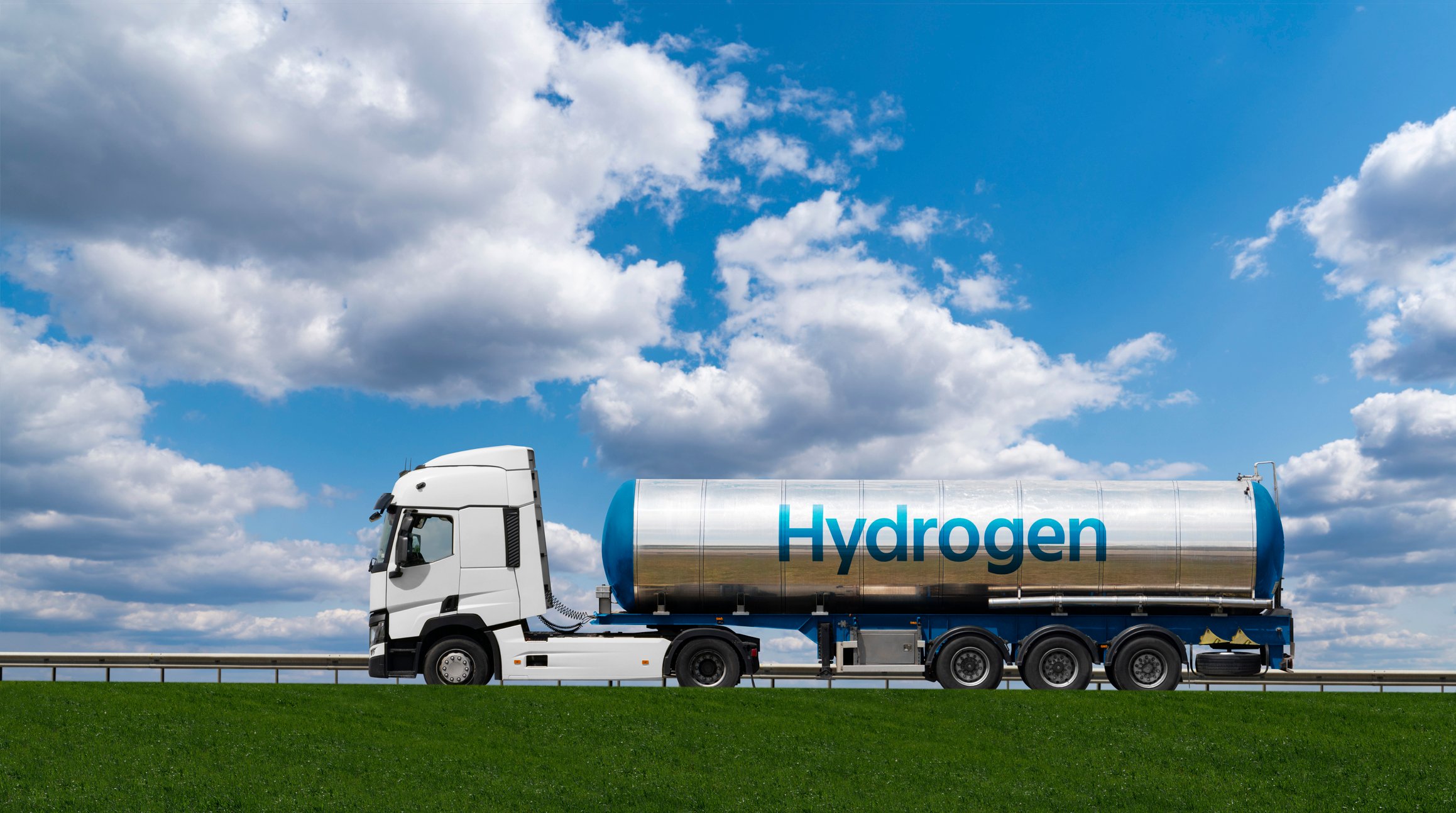Sending shares to their highest level since September 2008, investors were clearly quite happy with General Electric's (GE +1.92%) third quarter earnings. Perhaps it was the growth of backlogs to a record $229 billion, or perhaps it was the 11% growth in profits for its industrial divisions.
Regardless of the exact cause, how did the company's wind power offerings affect earnings? Let's take a look.
A gust of good news
A total of 407 wind turbines were shipped for the quarter. This figure was 40% lower than the same period last year, but the company is still confident in wind's potential. During the earnings call, management recognized how wind is benefiting the division: "Most of the order strength really for Power & Water has been around our aeroderivatives units have been very strong, and our wind units have been incredibly strong. So in the third quarter we had 477 orders in the developed markets on wind. That is up 390 units, and that explains most of the strength around wind..." This mitigates the adverse effect that wind had on the division earlier in the year. The fact that the division did recognize a 9% increase in profits doesn't hurt either.
Some recent news releases substantiate management's belief in the potential profitability of wind. Earlier in the week, GE reported that it had completed the installation and begun the testing of 20 GE 2.5-103 wind turbines for a 50MW wind-energy project in the Moldavian region of Romania. In addition to the turbines, GE has committed to supporting the operation of the wind farm by signing a 10-year full-service agreement with its partner on the project, local utility GDF SUEZ Energy Romania.
Demonstrating that it is dedicated to its wind turbine customers, GE revealed a novel way to increase a wind farm's output (on its 1.5-77 turbines) by 5%, which in turn results in a 20% increase in profit per turbine. PowerUp is a customized software-enabled platform that takes into account environmental conditions and adjusts turbine performance accordingly. According to the company, "Wind farm operators now have the option to participate in a continuous PowerUp platform to further increase their output as new software and hardware upgrades are introduced."
How strong is the wind blowing for the competition?
One of GE's main competitors in the wind turbine market is Siemens AG (SI +0.13%), which has recently struck some deals on the other side of the world from Romania. It will be providing about 150MW of wind turbines for the grand Renewable Energy Park in Ontario, Canada, with plans calling for Siemens to install 67 of its 2.3 MW wind turbines. Farther south in Peru, Siemens will also be supplying 11 wind turbines for a 32MW onshore project.
Like GE, Siemens is benefiting from an increase in orders. Nearly doubling year over year, the improvement in wind power order intakes was primarily due to the orders from several large offshore wind-farms in Europe, C.I.S., Africa, and the Middle East. However, profits for the first nine months of 2013 have been disappointing—only €126 million ($172.45 million), a 26% decrease from the same period in 2012. Profit margins also suffered, dropping from 4.7% for the first nine months of 2012 to 3.6% for the first nine months of 2013.
This company is on the right track
Perhaps it's the fact that the company doesn't make wind turbines, or maybe it's the fact that nearly 60% of its revenue is tied to the railroad industry. Whatever the reason, Trinity Industries (TRN 0.79%) is not closely identified with the wind power industry. However, the company fashions itself as the leading manufacturer of structural wind towers in North America. Although not a direct competitor, GE is also in the business of making wind towers; it purchased Wind Tower Systems LLC in 2011 so that it could build towers more cheaply.
The Energy Equipment Group, one of Trinity's five business segments and the one that includes the wind tower business, had a successful second quarter for 2013: revenues of $152.5 million compared to revenues of $130.7 million in the same quarter of 2012. Operating profit increased to $14.3 million compared to $4 million in the same quarter last year due to manufacturing challenges that negatively affected the 2012 results. Having received structural wind tower orders of $22 million in the quarter, the company's backlog increased to $643 million as of June 30, 2013.
To put things in context, second-quarter 2013 revenues for the company increased 7% to $1.1 billion, as compared to revenues of $995.5 million for the same quarter of 2012. Trinity also reported an operating profit of $183.4 million in the second quarter of 2013, a 20% increase compared to an operating profit of $152.5 million for the same quarter last year.
The Foolish conclusion
GE's most recent earnings report was well received among investors—shares were up over 3.5% on the day they reported. What went largely unreported, though, were the developments in the company's wind energy business. Although financial results for the quarter were disappointing, management seems confident that there is the potential for gains in the near future. Investors who are unconvinced that GE may soon succeed in the wind space may want to consider other industry leaders: Siemens AG and Trinity Industries.








